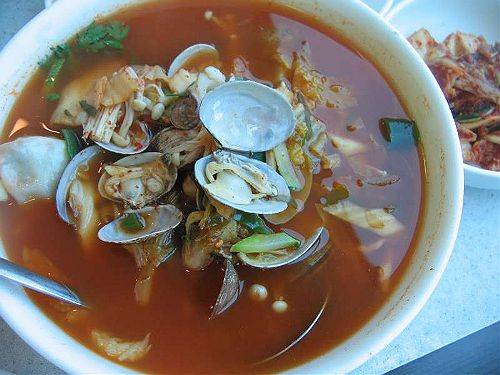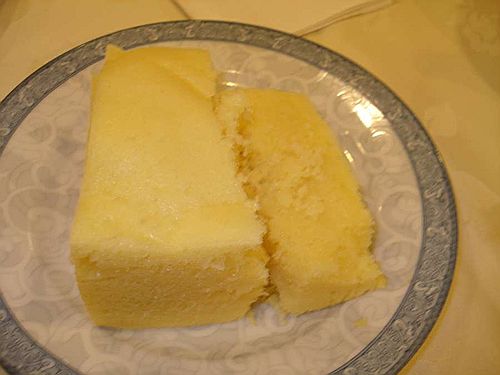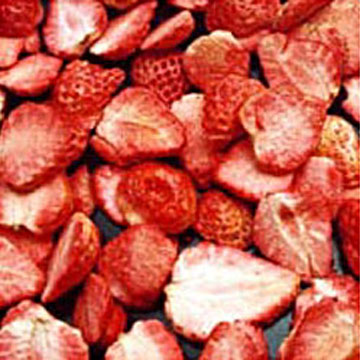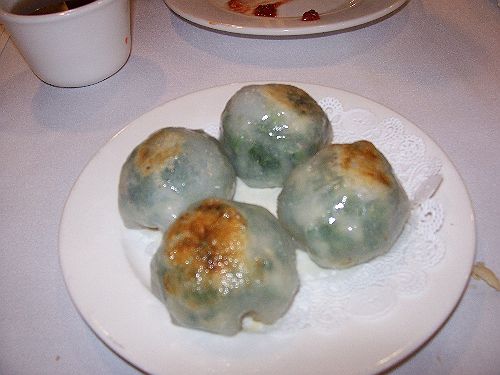
Lhasa was first called Gyaixoi Wotang. When the Jokhang Monastery was built, the monastery was named Rosa meaning the Goats Temple in memory of goats who carried clay to fill up the lake for construction of the monastery.
When Princess Jincheng brought the statue of Sakyamuni (which Princess Wencheng brought to Tubo) from the Romache Monastery to the Jokhang Monastery, the Jokhang Monastery became the worshipping center. Because of this development, Rosa was renamed Lhasa, meaning “Holy Land of Buddha”.
The name “Lhasa” didn't make its debut in Tibetan classics until 806, when Tubo King Tride Songtsan erected the “Tablet to the Geqoin Monastery”, its inscriptions reading “During the life of His Holy Tsampo Songtsan, Buddhist doctrines were spread and the Jokhang Monastery was built in Lhasa”. This inscription is evidence that the name “Lhasa” has been in use for almost 1,200 years.







 PREVIOUS
PREVIOUS